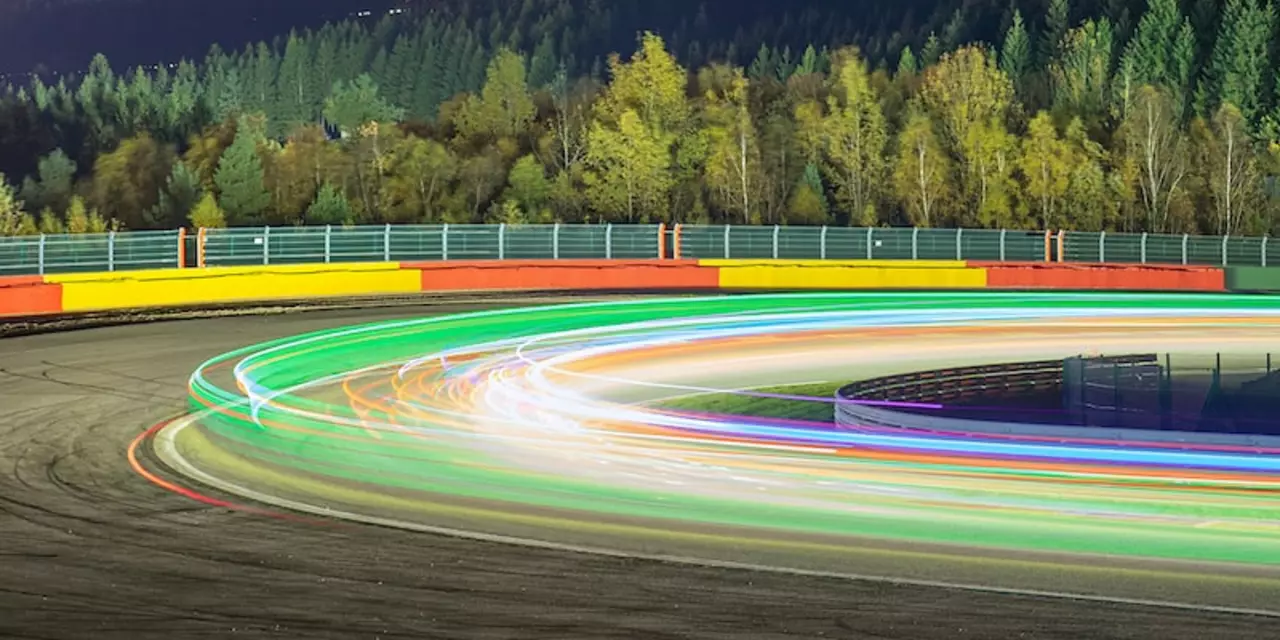Automotive Racing – Why the Track Surface Matters
When you step onto a race track, the first thing you feel under the wheels is the surface itself. Whether it’s a smooth asphalt oval, a bumpy gravel road, or a slick concrete circuit, the ground decides how fast you can go and how well your car sticks to the road.
Surface Type and Speed
Flat, high‑grip asphalt gives the best traction, so you can push the engine harder and hit higher cornering speeds. On the other hand, loose gravel or a wet surface reduces grip, forcing you to lift off the throttle earlier. The result? Slower lap times and a different driving style. Knowing the surface lets you choose the right gear ratios and adjust your braking points before you even start the first lap.
Tire Wear and Grip
Tires are the only part of the car that actually touches the track, so the surface directly affects how quickly they wear out. Rough concrete can scrape the tread, while a smooth, oily track can cause the rubber to overheat. Monitoring tire temperature and pressure becomes essential – a hotter tire on a hot surface loses grip faster. Simple tip: drop a few psi before a hot session on a smooth track to keep the tires in their sweet spot.
Beyond grip, the surface influences aerodynamics. A smooth surface lets the airflow stay attached to the car’s underbody, creating more downforce. Bumpy sections break the airflow, reducing downforce and making the car feel lighter. Drivers often adjust wing angles after a quick walk around the track to compensate for those changes.
If you’re setting up a car for a race, start by looking at the track’s surface report. Note the material, any recent weather changes, and how the surface feels after a few laps. Then tweak suspension stiffness, tire pressure, and wing settings accordingly. Small adjustments can shave tenths of a second off each lap, which adds up fast.
In practice, the best way to learn a surface is to drive it. Take a few warm‑up laps, feel where the car slides, and listen for tire squeal. If the car feels unstable in corners, you’re probably dealing with low grip – try a softer suspension or a stickier tire compound. If the car feels too “tight,” you might have too much downforce and need to open the rear wing a bit.
Bottom line: never ignore the track surface. It decides your speed, handling, tire life, and even the aerodynamics of your car. By paying attention to the ground beneath you and making quick, smart adjustments, you’ll stay ahead of the competition and enjoy a smoother, faster ride on every lap.

Does the surface matter when cars are racing?
This article discusses the various aspects of the surface a car races on and its effects on the car's performance. It explains that the surface plays an important role in the speed and handling of a car, and that different surfaces can have a significant impact on the car's performance. It also states that the surface can affect tire wear and the amount of grip the car has. Additionally, it notes that the surface can also affect the aerodynamic performance of the car, which can have an impact on the overall race performance. In conclusion, the article emphasizes that the surface of a race track is an important factor that needs to be taken into consideration when it comes to car racing.
- Sports (5)
- Entertainment (4)
- Sports & Recreation (3)
- Motorsport (2)
- Automotive Racing (1)
- Free Computer Games (1)
- Drag Racing Tips and Strategies (1)
- Biography Websites (1)
- Gaming and Racing Simulation (1)
- Automotive & Racing (1)
-
Hilaria Baldwin & Gleb Savchenko Eliminated on Disney Night as 40M Votes Surge
8 Oct 2025 -
Sex Worker Rights Are Slut Rights Are Your Rights
2 Dec 2025 -
Why is the height of a racing car kept small?
20 Jul 2023 -
Does the surface matter when cars are racing?
7 Mar 2023 -
Tim Gaffner?
16 Feb 2023
7.03.23
Caden Lockhart
0